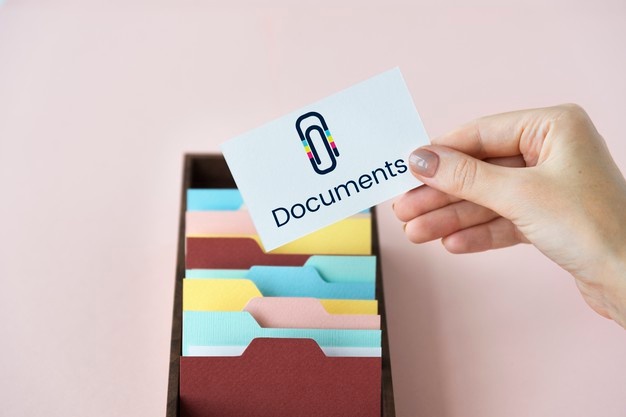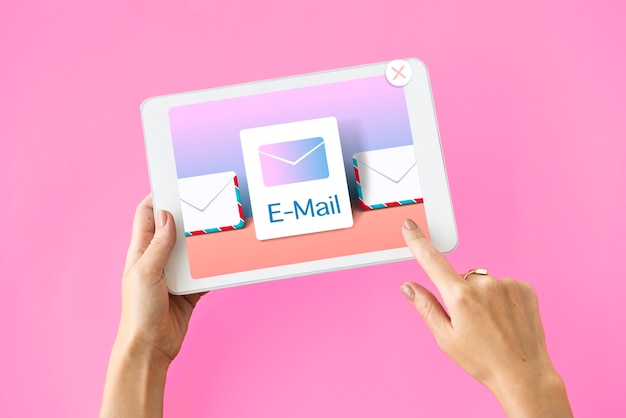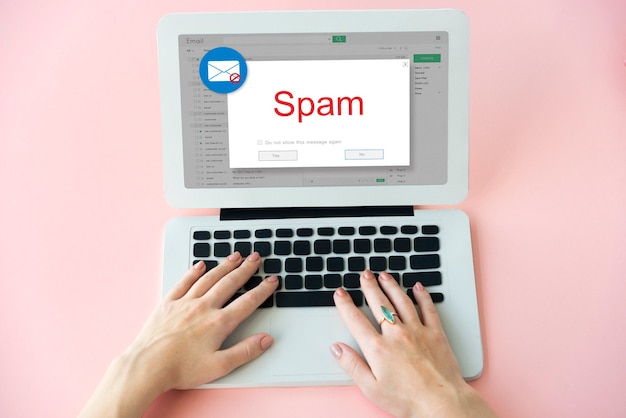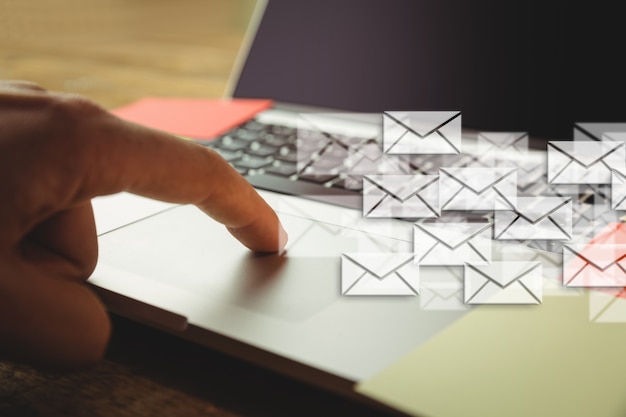
In the digital era where everything is roaming around the internet, some hackers & cybercriminals are seeking opportunities to dig into your personal space and get the information to misuse for their benefit. For that matter, hackers find sending phishing emails one of the easy ways to hack your system or get valuable information. Usually, such emails come with malicious attachments that can corrupt your data files and spread the virus into the entire system. Therefore, it is necessary to understand how to check email attachments for viruses.
Warning Signs You Have A Malicious Email Attachment
Although the email service providers such as Gmail offer an email scanning feature to let you know if the email has a virus or the attachment is malicious. Still, you must pay attention to each email before opening it and follow the below-mentioned ways to identify whether the mail is safe to open or not.
1. Check The Sender Email Address
Checking the sender email address is the primary step to looking for phishing mail. Though people make similar email addresses of the trusted brands so that you do not doubt them, you should confirm the domain name of the email ID before opening the mail.

2. Phishy Subject Line
A trusted brand will not do spelling mistakes or grammatical errors as their marketing campaigns involve huge costs, and their brand image stays at the stake. Therefore, if you feel anything wrong with the subject line, delete it right away.
Moreover, each brand has its way of communication or brand language. If you feel the subject line doesn’t sound similar, do not open the email.
In case you open the mail, the subject line and email body are not in sync. Do not open the attachment or click the link given in the mail.
3. Do Not Open Spam Emails
Since the email service providers keep refreshing their data for spam email addresses. You should avoid opening or downloading any attachment which is there in the spam email; until and unless it is mistakenly detected as a spam email.

4. File Extensions
Check what files are there as an attachment. If the files are in .zip or .exe or, any other unknown format, avoid downloading such attachments.
Following are the extensions that you should never open until you are 100% sure.
.ade, .adp, .asf, .bas, .bat, .chm, .cmd, .com, .cpl, .crt, .exe, .hip, .hta, .inf, .ins, .isp, .jar, .js, .jse, .ink, .mdb, .mde, .mov, .msc, .msi, .msp, .mst, .pcd, .pif, .psc1, .reg, .scr, .sct, .shs, .swf, .url, .vb, vbe, .vbs, .wsc, .wsf, .wsh
Also, a lot of times hackers add double extensions to play safe. For example, 1234.jpg.exe. So make sure you double-check for double extensions. If you get such an attachment, you should report the email address.
5. Open Emails From Trusted Sources Only
You must be getting thousands of emails every day but, not all emails are worth opening, and one-fourth of those emails are phishing or malware attack. Hence, you must open emails from trusted sources only.

6. Cross-Check The Information
If the email provides fascinating discounts and unbelievable offers. Go to the respective website, check if there are any such offers available or not. Accordingly, take action.
7. Run Anti-Virus Scan
The above steps are for manual detection for a phishing email attachment. It could be wrong sometimes too. The intervention of the virus scanning software (antivirus software) is required to add another layer of security to your data files and to give maximum protection to your data and device. You can choose any free or paid antivirus software but, if you have commercial data which you want to secure, so you should opt for paid software.

8. Check The CC Line
If there are numerous people in the cc line, there could be a possibility that it is a phishing mail as the brands work with hygiene and sanity. They will not do such things. Moreover, if you know someone who became a victim of the virus attack and its email address is there in the cc line. The hacker may be trying to trap the mass including, you and the one who already got trapped.
What If You Open A Malicious Email Attachment?
Even after taking so many precautions, you accidentally open a phishing attachment. Immediately change your email account password and the other passwords that are synced with your account. Also, talk to the bank officials to keep an eye on all transactions until you change your banking credentials. Make sure you tell them the entire scenario with no fail.
Also, install anti-virus software (if not installed already) and run a scan to detect if there is any virus present in the system.
Summary
Now that you know how to check email attachments for viruses. Make sure you follow all the above steps before engaging with any email. Also, make this a habit to follow these steps with every email, even if it is from a known person as you never know who is spying on you and what motives one has. For more such updates and guides, follow our blog and stay updated.
